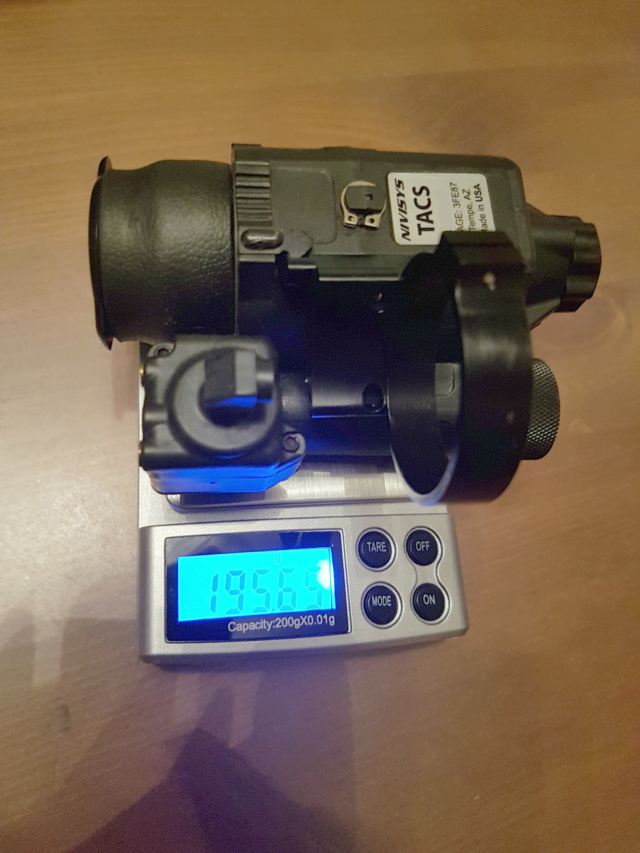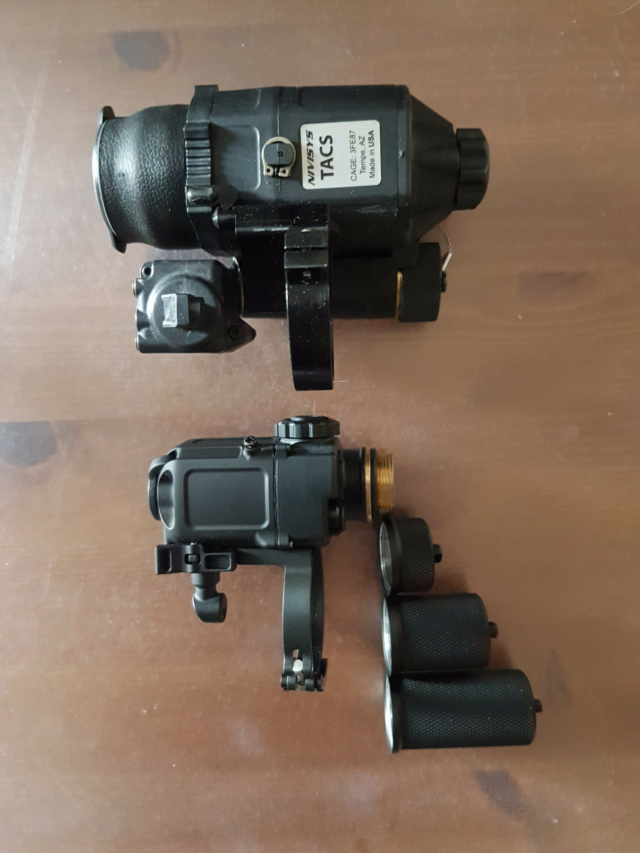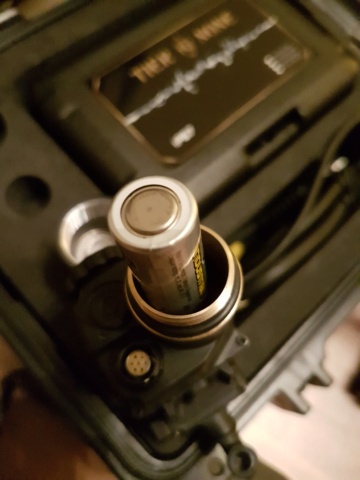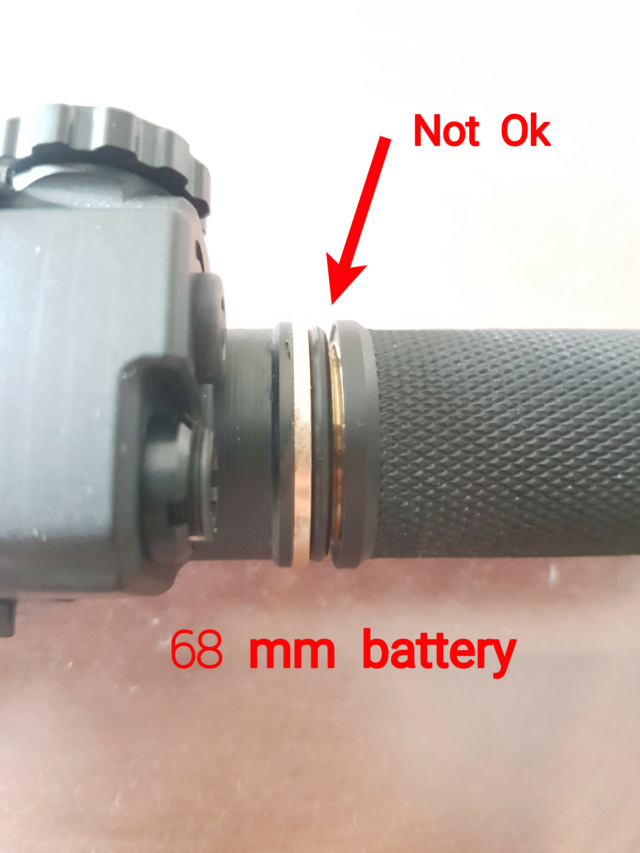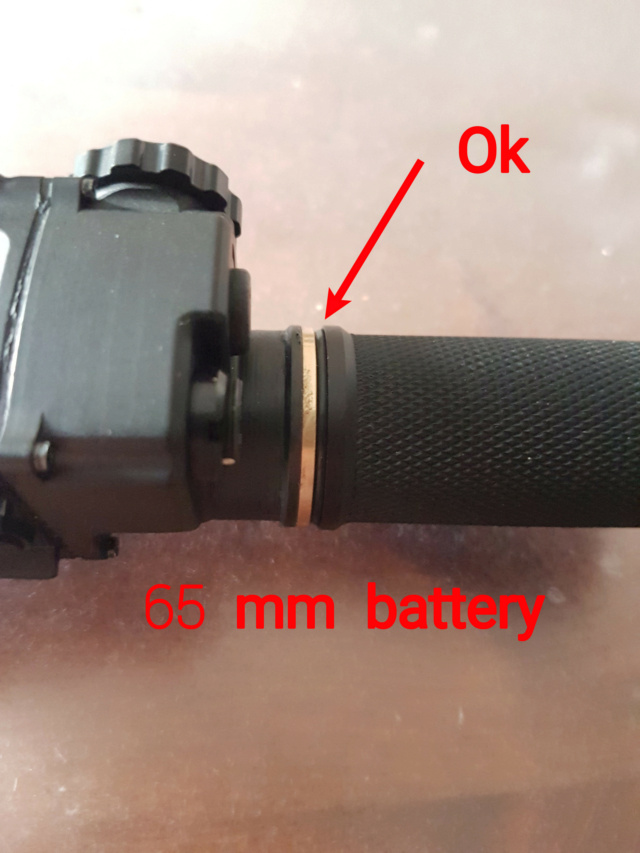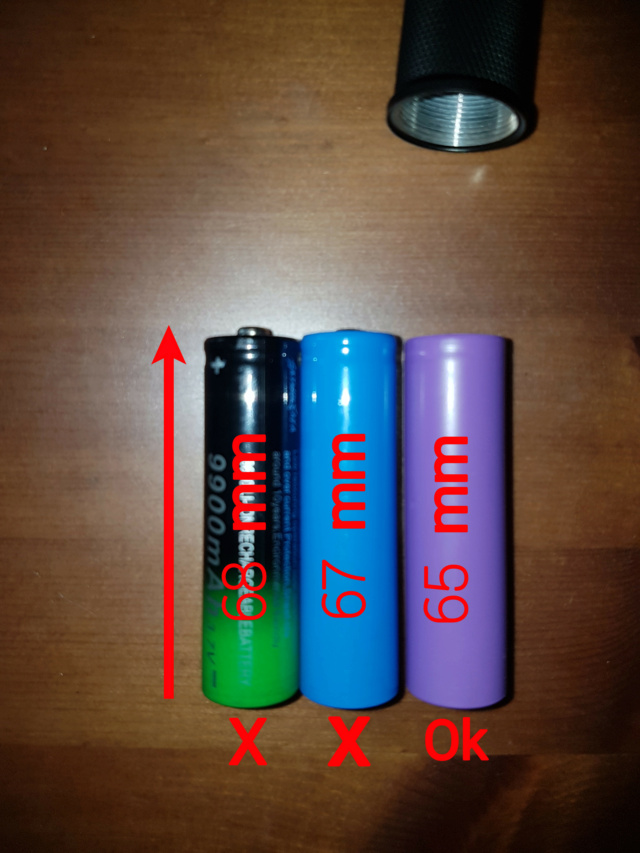New chinese Tn-pas29 review Vs US Ninisys Tacs thermal clip on
First impression
When opening the package, the Chinese Ecoti Jerry-C, looks visually of very good quality and very well made. Compare to the US Nivisys Tacs, its much smaller and much lighter. 101 gr vs 195 gr for Tacs.
Indicative selling price 4250 € (about 5000$) for the Chinese Ecoti 640 core. (For information the equivalent American Ecoti is for sale at 8500$ in usa

20° fov (25% cover) vs 30° (58% cover)
The device is delivered with 3 caps of different lengths for 3 different types of batteries.
1: With an AA battery, the cap doesn't have an internal guide, the battery moves in the housing. Apparently the 1.5 volts power supply is not recommended by the manufacturer, this voltage can produce some problem in the electronic of the Jerry. The new version are provide without the 1.5volts cap.
The contact is therefore very random.
2: With the CR123A type battery, no problem, the assembly is well done, the cover closes well, the seal is ensured.
3: The latest type 18650, the elongated cover is 2mm too short for classic battery, which pulls and pops out the brass bushing. Which isn't glued or integrate to the device.

This ultimately tears off the connection wire inside the ring, itself not being glued inside the housing.
These few young flaws were reported to the manufacturer who will make the necessary changes. The good one 18650 battery is the one with flat bottom on the 2 sides.
Full thermal / Patrol / outline / white hot
Full / Patrol/ outline / white or black hot
The thermal algorithm of the Jerry-c is different, more luminous, more details than the TACS, with bigger definition. But if you report the image produced to a 20° fov like the tacs the definition is almost identical.
The circle view is little less visible on the Chinese one.
On the outline mode, the sensibility look better on the tacs, but it's only because the definition 4 times smaller, the pixels are bigger and gives this impression. With the TN-Jerry the pixels are smaller and better draw the outline, that's why appears smaller.
- Video test (from galaxy S7 in automatic)
Sorry for the médium quality, difficult to do better the light tends to saturate the camera. And doesn't render very well what i see.
Chinese 100m
Us 100m
Chinese 150m
Us 150m
Conclusion:
The thermal algorithm isn't managed identically
between the Chinese and the American.
For example you will cannot distinguish a human target in front off trees at 150 meters in full thermal mode with the Jerry, it will be ok in contour mode. No problem with the Tacs whatever the mode.
The American is proven for having the higher detection distance.
The Chinese is for having a bigger and beautiful image but the distance of detection is not really powerful compared to the old Tacs.
After 200 meters, the jerry can't detect a human target in a clear place when the tacs can up to 300 meters. Whatever the mode used.













































